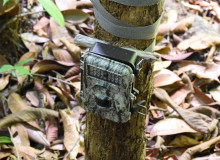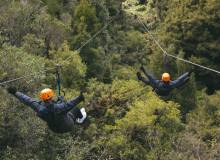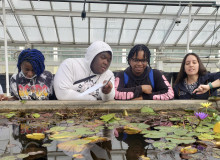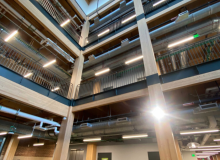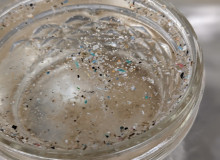Latest
Planet Forward Senior Correspondent | American University
Osa Conservation, a science-driven nonprofit organization, studies and monitors wildlife conservation progress by remotely capturing wildlife – on camera.
Planet Forward Correspondent | Middlebury College
By proactively addressing the presence of invasive species, one zip line company in New Zealand is showing how ecotourism is done right.
George Washington University
This story delves into my relationship with fast fashion, thrifting, and the ethical and environmental implications of each.
Planet Forward Correspondent | Northwestern University
An employment opportunity at Garfield Park Conservatory in Chicago teaches teens how to become conservatory guides, while also providing a green education.
Michigan State University
Mass timber, or large wooden panels, are increasingly recognized as a safe and sustainable building material in Michigan and the rest of the world.
SUNY College of Environmental Science and Forestry
Microplastics...common in the environment, but what about our bodies?
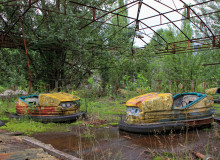
After the 1986 nuclear disaster, the environment surrounding Chernboyl has begun to recover. Despite persisting levels of radiation, the absence of humans makes the area an ideal location to study rewilding. (C. Colourin/CC0 Public Domain)
New York University
The site of one of the world’s largest nuclear accidents provides a unique setting to study radiation and the resiliency of nature.
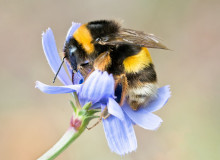
(Hillsboro Parks & Recreation/CC BY-NC-ND 2.0)
SUNY Environmental Science and Forestry
In this podcast, I speak with two environmental researchers about their collaborative efforts to become members of the Bee Campus USA program.
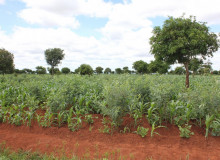
Agroecology in practice: One of Moses Kansanga's agroecology projects in Malawi studies the local practice of intercropping cereal crops and legumes to better understand ecological synergies and how they can be leveraged to increase productivity while supporting healthy local ecosystems and communities. (Moses Kansanga)
Planet Forward Correspondent | George Washington University
Understanding agroecology as a framework to include ecological and social justice frameworks in agriculture, with professor of Geography and International Affairs, Moses Kansanga, Ph.D.
SUNY Environmental Science and Forestry
This video explores the composting program at Syracuse University and the process by which food scraps are turned into reusable mulch.

